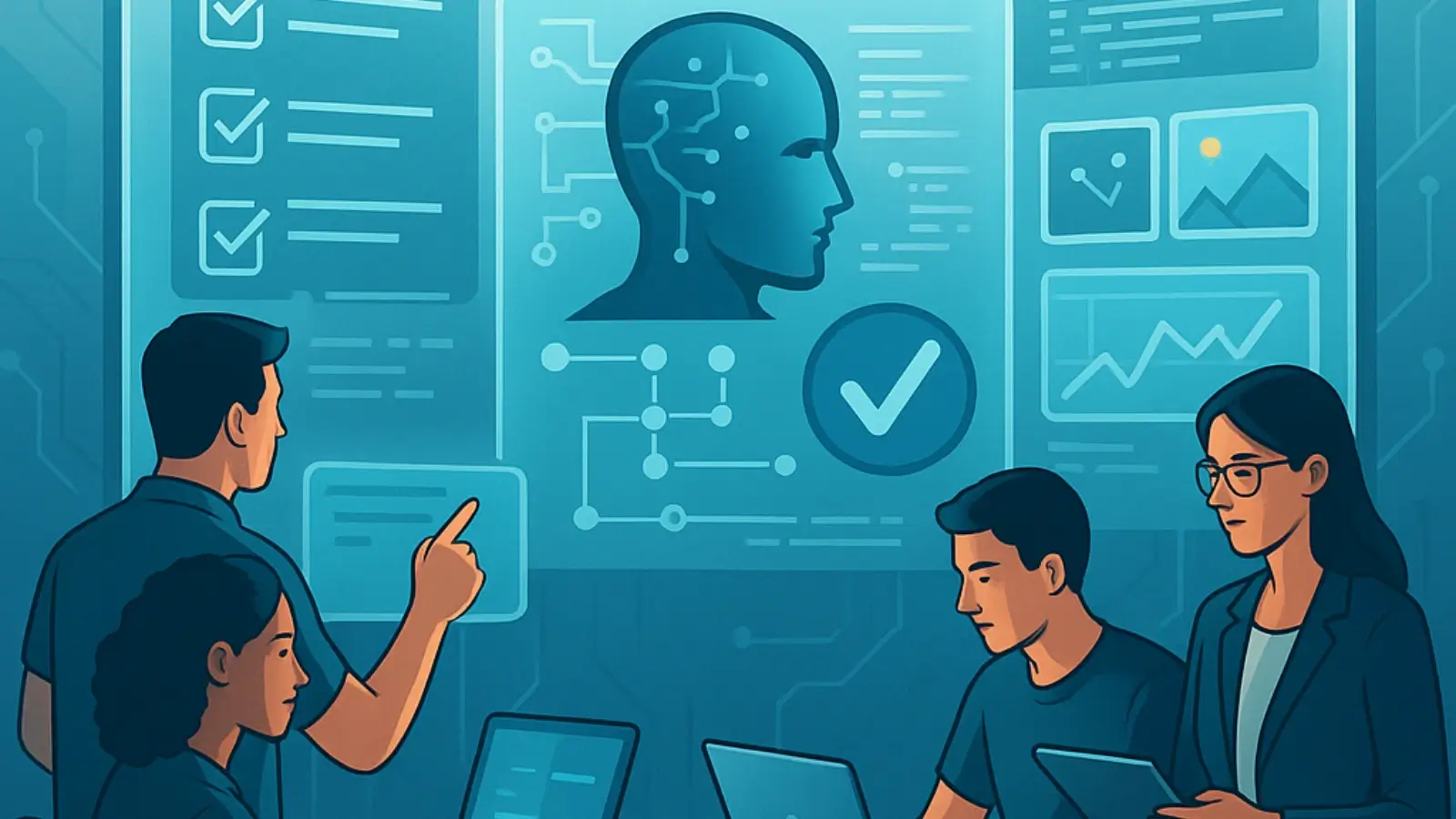


In today’s fast-paced digital world, software development cycles are getting shorter, and the demand for higher quality is ever-increasing. This is where AI-native test automation comes into play. Unlike traditional testing frameworks, AI-native test automation leverages artificial intelligence to make the testing process smarter, faster, and more adaptive. From predictive analytics to intelligent script generation, this innovative approach is reshaping how organizations ensure software reliability.
At its core, AI-native test automation integrates AI algorithms directly into the testing framework. This goes beyond simply running automated test scripts—it uses machine learning, natural language processing, and predictive modeling to understand application behavior, detect anomalies, and even suggest improvements. The "AI-native" aspect means that the system is built from the ground up to think like AI, rather than having AI added as an afterthought.
Traditional test automation relies heavily on pre-defined scripts, manual interventions, and repetitive regression tests. While effective for certain applications, it struggles with scalability and dynamic changes in modern software ecosystems. AI-native test automation addresses these limitations by:
Self-learning capabilities: The system improves its testing logic over time based on past results.
Adaptive test coverage: It automatically adjusts test cases for new features or changes in code.
Predictive insights: AI algorithms can predict potential failure points before they occur.
Reduced maintenance: Test scripts evolve automatically, reducing the manual effort needed for updates.
Investing in AI-native test automation offers multiple advantages for businesses aiming to improve software quality and delivery speed:
With AI handling repetitive testing tasks and predicting possible defects early in the development cycle, organizations can reduce the overall release time. Continuous testing becomes more efficient, allowing development teams to focus on building new features instead of troubleshooting existing ones.
Human errors in manual testing or script maintenance are common. AI-native systems minimize these errors by learning from previous runs and automatically adjusting test strategies. This ensures more reliable results and higher confidence in software releases.
Although initial investment in AI-native frameworks might be higher, the long-term cost savings are significant. Reduced script maintenance, fewer failed releases, and minimized manual intervention all contribute to a leaner testing budget.
Modern software systems are complex, often involving multiple platforms, devices, and environments. AI-native test automation adapts seamlessly to these complexities, providing consistent and comprehensive test coverage across all layers of an application.
AI-native test automation is not just a theoretical concept—it’s already transforming industries:
Financial Services: Ensures regulatory compliance and detects anomalies in banking applications.
E-commerce: Speeds up release cycles for online platforms while maintaining seamless user experiences.
Healthcare: Improves reliability in critical applications, from patient portals to medical devices.
Enterprise Software: Automates regression and integration testing for large-scale systems.
While AI-native test automation offers tremendous benefits, it’s not without challenges:
Initial Complexity: Setting up an AI-native framework requires skilled resources and a well-defined strategy.
Data Dependency: AI algorithms require high-quality historical data to perform effectively.
Cultural Shift: Teams accustomed to traditional testing might need time to adopt AI-driven approaches.
To maximize the benefits, organizations should follow these best practices:
Start Small: Begin with a pilot project to understand the framework’s capabilities and limitations.
Data Strategy: Ensure historical test results and application logs are clean, structured, and accessible.
Continuous Monitoring: AI models need ongoing evaluation to ensure they remain accurate and effective.
Cross-functional Collaboration: Engage developers, testers, and AI experts to align goals and streamline processes.
Integrate with CI/CD Pipelines: Ensure AI-native automation fits seamlessly into your continuous integration and deployment workflow.
The future looks promising for AI-native test automation. As AI technologies evolve, we can expect:
Autonomous Testing Systems: Fully self-sufficient systems that manage test planning, execution, and reporting.
Context-aware Testing: AI will understand business rules and application context to prioritize tests effectively.
Predictive Maintenance: Beyond defect detection, AI can predict areas of technical debt and code degradation.
Organizations that adopt AI-native test automation early will gain a significant competitive advantage, accelerating innovation while maintaining the highest standards of software quality.
AI-native test automation is no longer just an emerging trend—it’s becoming a critical component of modern software development. By combining the precision of AI with automated testing processes, organizations can reduce errors, improve efficiency, and deliver superior software experiences. Companies that embrace this technology today will be better prepared for the challenges of tomorrow’s fast-paced digital world.